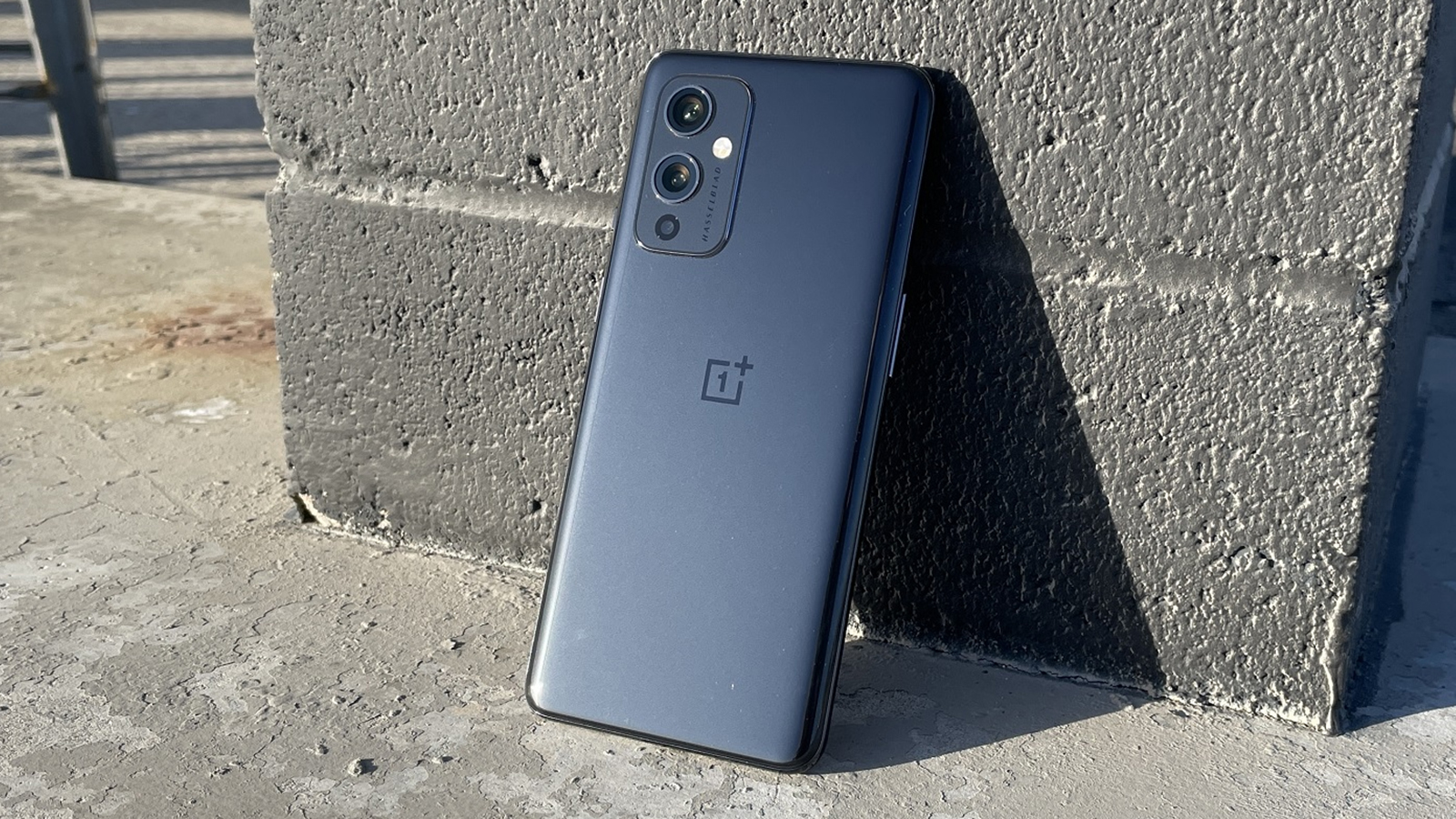OnePlus once again caught trying to manipulate benchmark scores
OnePlus 9 Pro and OnePlus 9 delisted by Geekbench

In a world where users prefer specs over performance, benchmark scores hold a revered place. Devices scoring high on various benchmark scores are often considered to be powerful and even though higher scores may not always hold valid when it comes to real-world performances.
However, smartphone makers often rely on high benchmark scores to influence users into buying their devices. As a result, we see a lot of comparisons based on the benchmark scores in the launch events. Though this is fair to some extent, however, in a bid to showcase the device as the most powerful, we come across instances where the line of ethics is breached by brands.
The same has happened in the case of OnePlus. Or shall we say that it’s the second time that OnePlus has been caught using manipulative methods?
While earlier it was with the OnePlus 3T now the OnePlus 9 series has been found using unethical tweaks to help the device perform better on benchmark scores.
According to a report by our sister site Anandtech, both the OnePlus 9 Pro and the OnePlus 9 were found to be limiting certain apps to use full CPU resources resulting in throttled performance while these devices would allow unrestricted access to the benchmarking applications.
This in turn resulted in great scores on benchmarking apps like Geekbench, since the Snapdragon 888 is indeed one of the most powerful mobile chipsets, however, even basic tasks like browsing the internet might not perform most efficiently. Citing this, Geekbench has delisted the entire OnePlus 9 series from its platform.
It's disappointing to see OnePlus handsets making performance decisions based on application identifiers rather than application behavior. We view this as a form of benchmark manipulation. We've delisted the OnePlus 9 and OnePlus 9 Pro from our Android Benchmark chart. https://t.co/G40wmWeg7oJuly 6, 2021
If that is not all, Geekbench has said that it will test other OnePlus devices in its lab to check if the company has artificially tried to manipulate the benchmark scores. TechRadar India has reached out to OnePlus and is yet to get a response from the company.
Sign up for breaking news, reviews, opinion, top tech deals, and more.
OnePlus blacklisted most of the popular apps
According to Anandtech, OnePlus has blacklisted a lot of popular applications from the PlayStore from accessing the full potential of the flagship chipset from Qualcomm. “Chrome seemed to be suffering from extremely weird behaviour that at worst ended up with the browser only being able to use the SoC’s little Cortex-A55 cores,” the website quoted.
Chrome on the OnePlus 9 Pro scored 16 and 19.99 in the Speedometer 2.0 and Jetstream 2 while the Google Pixel 4 that comes with a way less powerful Snapdragon 765G chipset scored 48.7 and 55.50 in the same tests.
The publication has found various code snippets in the logs suggesting that the Chinese smartphone maker is deliberately locking the performance of Chrome, Twitter and other popular applications like Facebook, Zoom, Whatsapp, Tiktok, Instagram, Snapchat, Reddit, Amazon, Linkedin, Discord, Netflix Candy crush saga, Adobe LightRoom Mobile, Dropbox, Mozilla, Twitch, Brave Browser, Pokemongo, Adobe Scan, VLC, Strava, Airbnb, Ubercab, the entire Microsoft Office suite and many more.
As per Anandtech, the list mentioned above is not exhaustive and there could be way more applications on the OnePlus’ blacklist. It claims that by throttling down the performance of most popular applications, the company wants to extend the battery backup on the phone. This, however, renders the benchmark scores useless since the tweaks specifically favour the benchmark applications.
Last time when both OnePlus and Meizu were caught fudging the benchmark scores, devices from both the companies had been tweaked to show slightly higher benchmark scores. While OnePlus did acknowledge it and promised a fix, it looks like the company did not learn from its past deeds.
In a similar case, another brand under BBK – Realme was recently caught doing something similar with Realme GT 5G and was eventually delisted by Antutu.
Follow TechRadar India on Twitter, Facebook and Instagram for the latest updates.

Jitendra has been working in the Internet Industry for the last 7 years now and has written about a wide range of topics including gadgets, smartphones, reviews, games, software, apps, deep tech, AI, and consumer electronics.